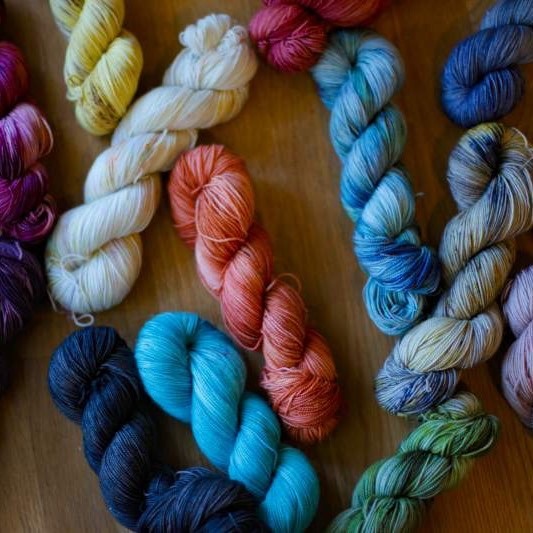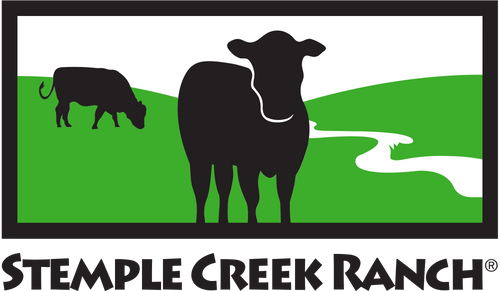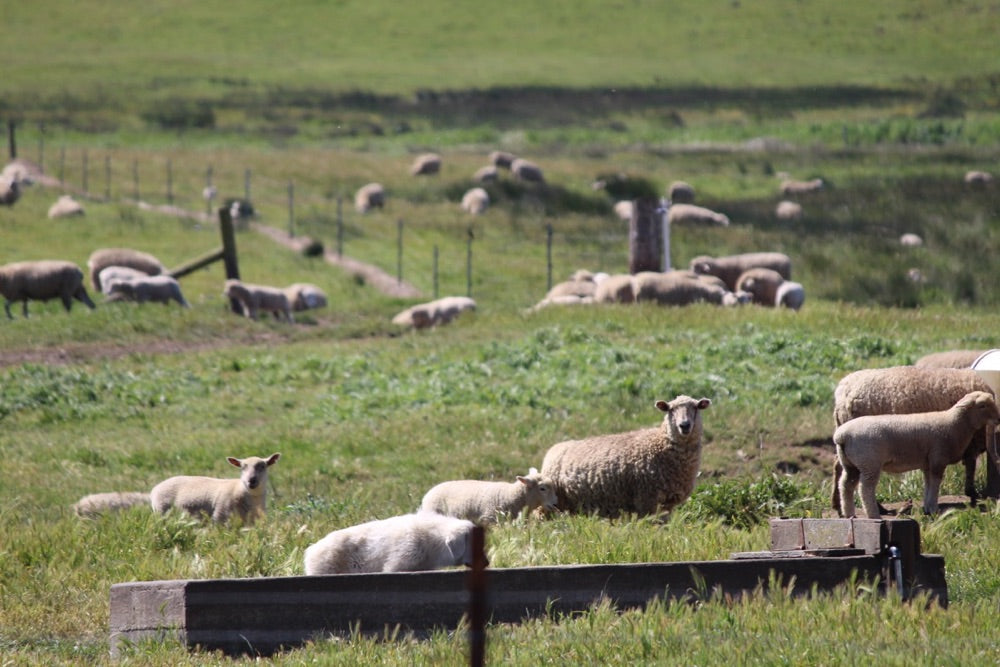
It's Sheep Shearing Season
Updated: May 6, 2020
As cool spring days turn to warm summer months, we gear up for our semi-annual visit from the sheep shearer. The dense wool coats our flock has worn since last fall have served their purpose well, but it’s time for the animals to get their summer buzz cut. That's when we call in the experts.
Sheep shearing is a skill best left to seasoned professionals who have made it their lifelong trade. These nomads follow the work traveling from south to north as the seasons change. When the time is right, we join with other ranchers in our area for a group shearing session.
The mobile sheep trailer pulls into a large work area on a neighboring property and sets up shop. The process is simple. The sheep are brought to a holding corral where they wait their turn to file down a narrow shoot and up a ramp into the trailer. Our ranch-hand, Oscar, keeps the production line flowing smoothly outside while inside, the shearer goes to work.
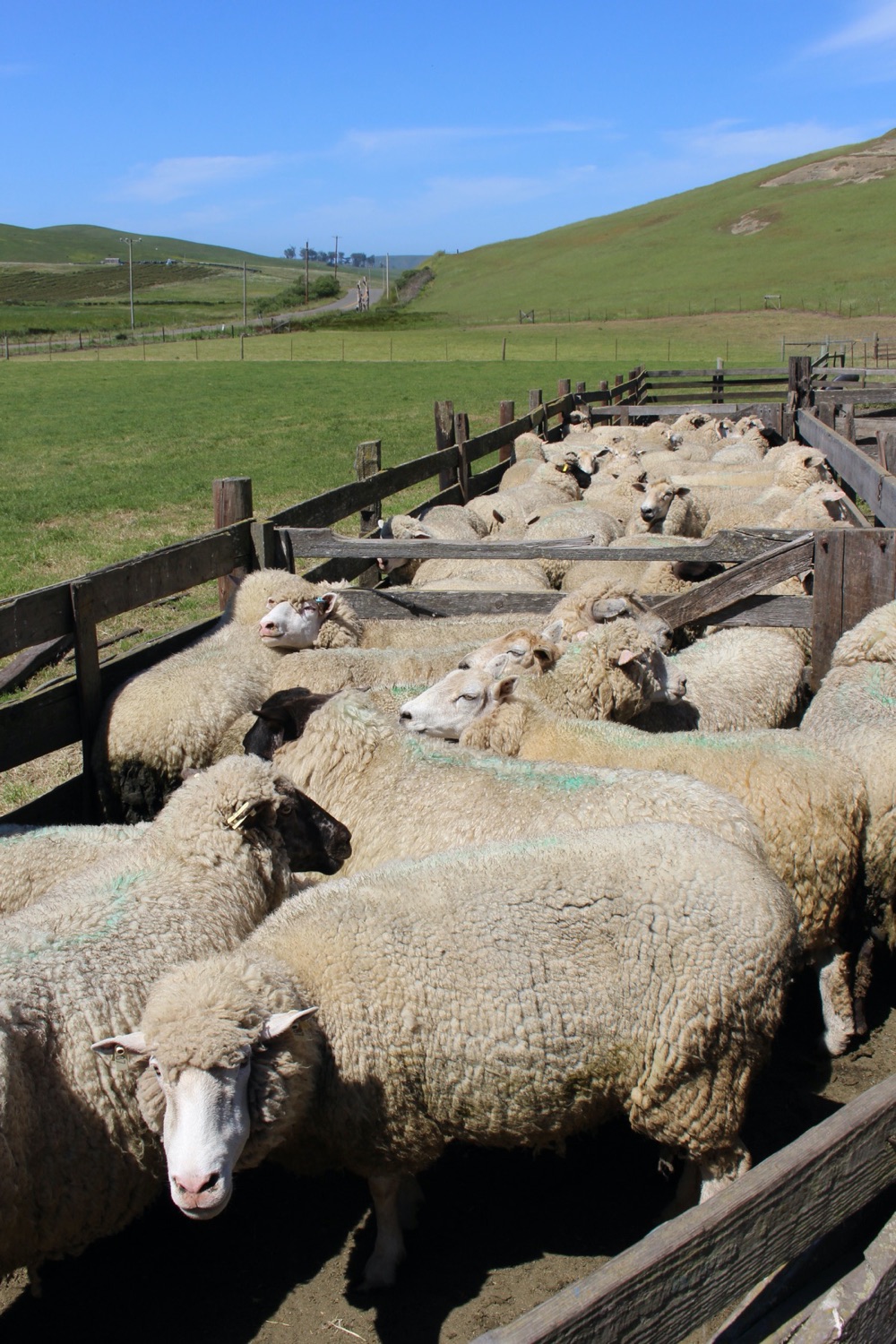

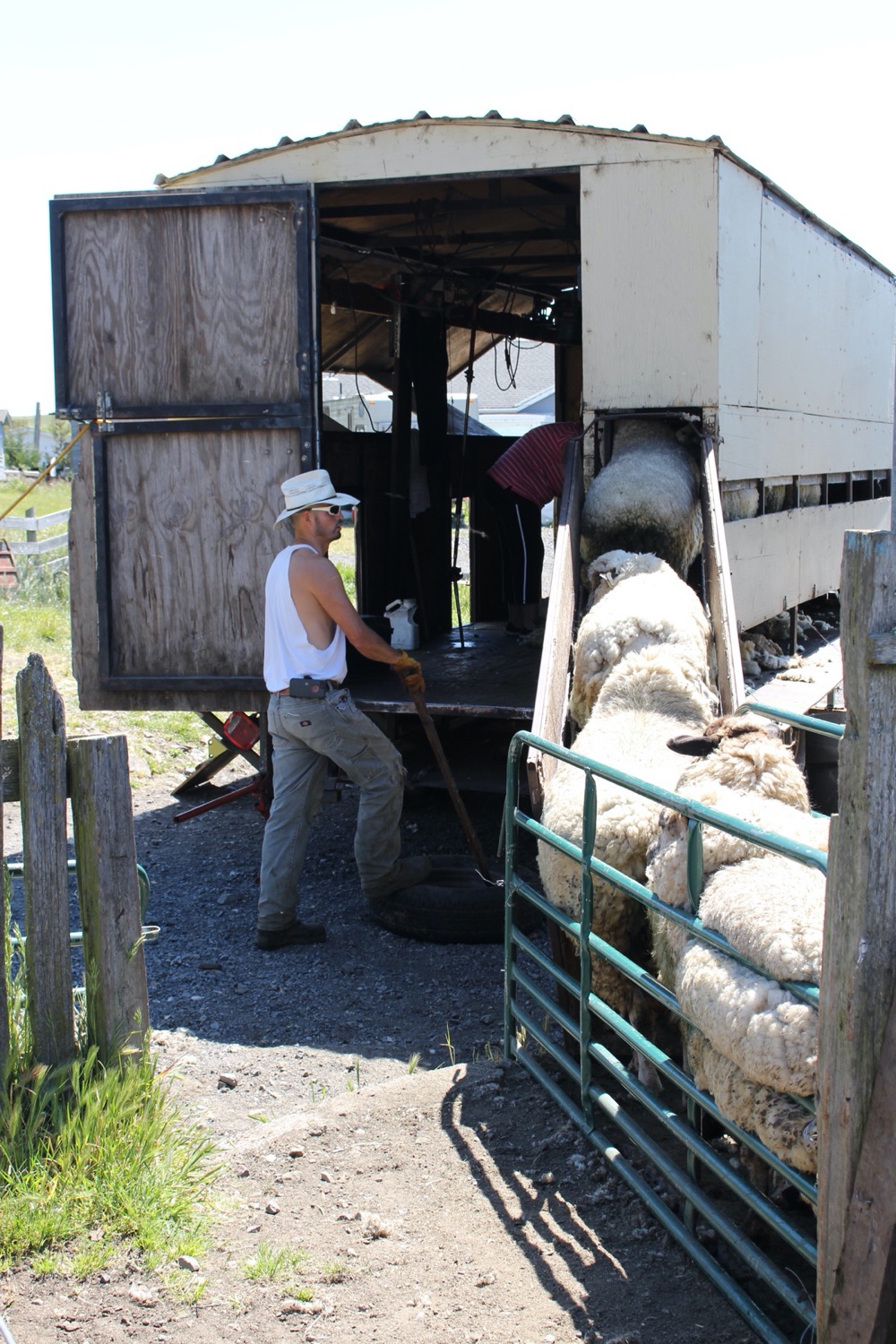
Watching a good sheep shearer at his craft is a thing of beauty. It's hard, physically demanding work that requires strength and artistry in motion. The shearer must take total command of a squirming 165 pound adult sheep, and skillfully maneuver the animal with his body while wielding electric clippers that strip away the thick fleece.


Unbelievably, our shearer could complete the entire process from tip to tail in less than two minutes!
For the most part, the sheep surrender themselves to the process. They know the drill. And their newly coiffed bodies will withstand the heat of coming summer much more comfortably sans wool. The shearer talks to the animals as he works, flowing in rhythm from one sheep to the next like a maestro. His confident, purposeful moves are designed to make the most of his efforts and get each animal in & out as fast as possible. "Shearing is like a dance," he says as he pulls the next sheep from the chute. "You're either a good dancer or you're not."
Clearly, he's a masterful dancer. By the end of this typical day he will shear about 100 sheep, but that's a cake walk by his standards. His personal record in a single, nine hour day is an impressive 585 sheep shorn. For perspective, the current World Record, set in 2007 by New Zealander Rodney Sutton, is 721 sheep.
Soon the shearing floor is covered with long intact blankets of fleece which are swept into large piles by his helper.


She quickly separates the soiled, undesirable pieces from the lot. The remaining wool is carried to a mechanical "sacker" at the rear of the trailer, which compresses it into large bags. After a thorough washing to remove the impurities it will be sold to the local fibershed.

Absent their thick coats of fleece, the freshly shorn animals make a hasty exit from the shearing shed, and trot hurriedly toward nearby herd members with a little hop of relief.

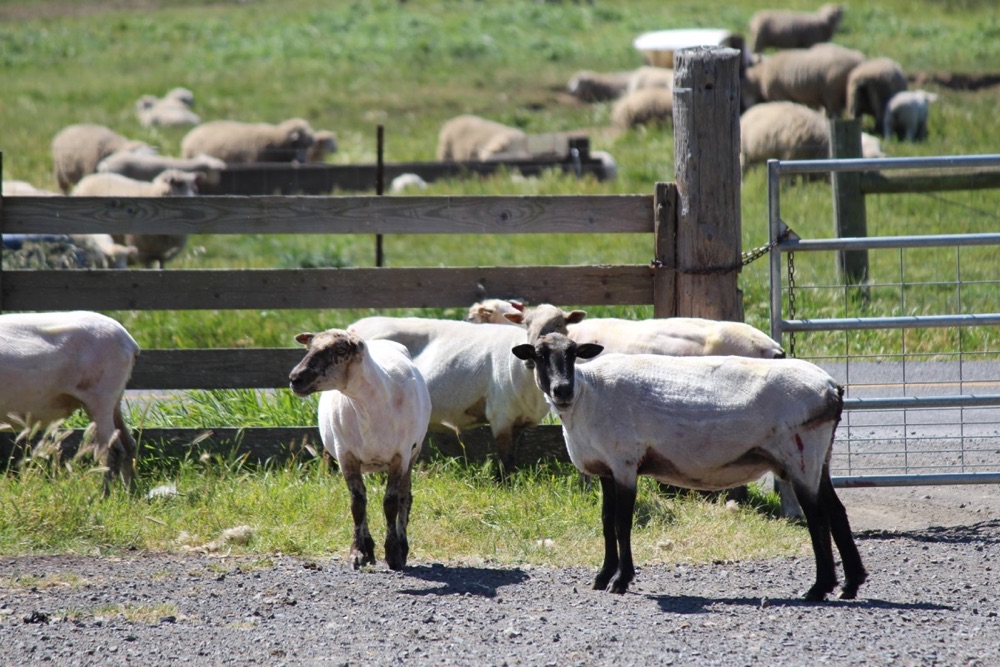
One by one, the numbers in the corral dwindle as each animal emerges lighter and cooler on the other side. When the workday is done, the shearer will move his mobile trailer to the next ranch. He is accustomed to this routine. It is a lifestyle he has embraced since he first learned the trade as a teen, and he likes the work. We send him on his way with gratitude, knowing he will be back to repeat the dance again in the fall.
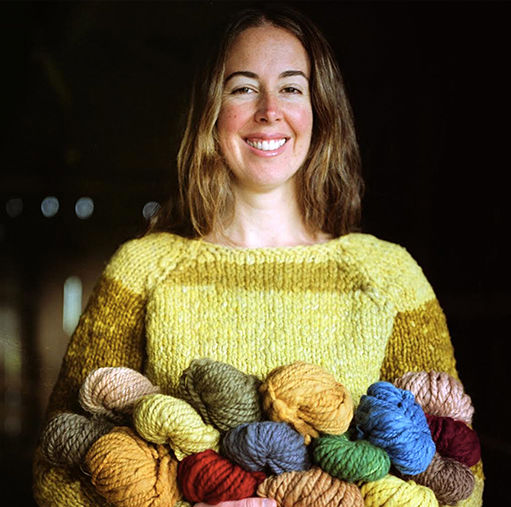
And what happens to all that beautiful wool?
We are proud to partner with Fibershed; a locally-based non-profit dedicated to partnering with ranchers like Stemple Creek to develop regional, regenerative fiber systems and educational programs.
Founder and friend, Rebecca Burgess, started Fibershed in 2010 to "illuminate that regionally grown fibers, natural dyes, and local talent was still in great enough existence to provide this most basic human necessity—our clothes."
What started as a personal project has become a movement; the word Fibershed and the working concept behind it spreading to regions across the globe. Her goal is to educate the public on the environmental, economic and social benefits of de-centralizing the textile supply chain, and reduce personal ecological footprint by creating a wardrobe from locally sourced dyes, fibers and labor.
